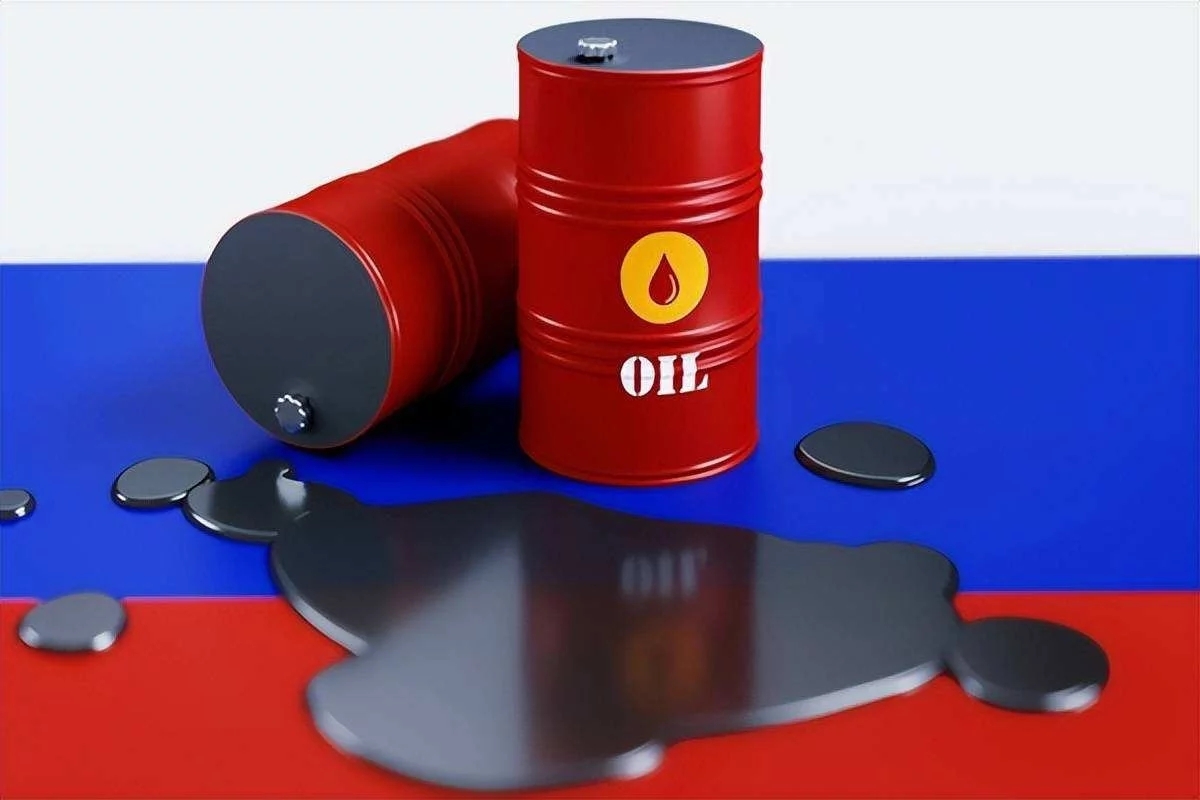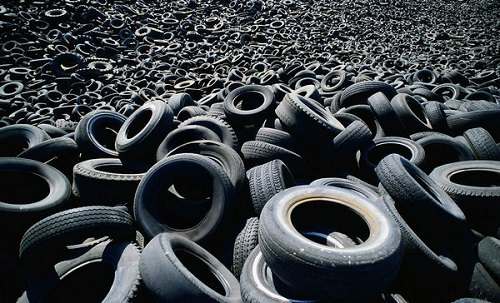











|
Liquid fuels, also known as fuel oil, including Liquid fossil fuels, Liquid biofuels, Synthetic fuels and other pyrolysis oil, refer to any liquid (or liquefiable) substance that can be burnt to produce heat or power. It is mainly composed of hydrocarbons or their mixtures. The main advantages of liquid fuels are high calorific value, low waste content, low ash content, easy transportation, high combustion heat efficiency, and the combustion flame similar to gas fuel can be obtained.
The classification based on different sources of liquid fuels can be divided into Liquid fossil fuels, Liquid biofuels, Synthetic liquid fuels, and Pyrolysis oil.
● Liquid fossil fuels, including Crude oil, heavy oil, and diesel fuel, etc.;
● Liquid biofuels, including Biodiesel (FAME), Non-transesterified vegetable oils, etc.;
● Synthetic liquid fuels, including BTL, HVO, CTL, GTL, PTL,and methanol fuel, etc.;
● Pyrolysis oils, including Tyre pyrolysis oil, plastic pyrolysis oil and so on.
The power plant can use fossil fuels (such as natural gas, fossil oil, and coal, etc.) or renewable energy sources (such as water, wind, solar energy, and biomass energy, etc.). In short, it is economical and environmentally friendly to choose the fuel that is easy to get and suitable for you.
The Liquid fuels of our power plant include: Diesel fuels, Heavy fuel oil, Crude oil, Liquid biofuels (such as Biodiesel, Non-transesterified vegetable oils, etc.), Synthetic liquid fuels (such as BTL, HVO, CTL, GTL, PTL and Methanol fuel, etc) and Pyrolysis oil (such as tyre pyrolysis oil, plastic pyrolysis oil, etc.).






